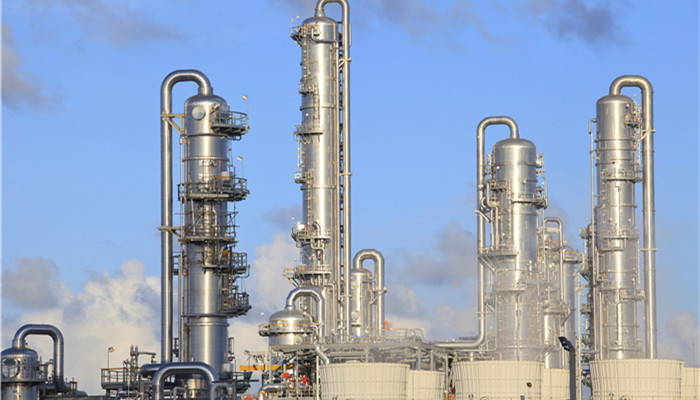
PTA production costs will be reduced and the market prospects are broad
The full name of PTA is purified terephthalic acid, which is a low-toxic organic compound. PTA is an important raw material for the production of polyester petrochemicals and is mainly used to produce polyester fiber, bottle flakes, films, etc. The production process of PTA is relatively complex. It is generally made from PX as raw material through liquid phase oxidation and crystallization separation.
The upstream of the PTA industry chain is mainly suppliers of petrochemical raw materials and production equipment suppliers such as PX and acetic acid, the midstream is PTA production and processing enterprises, and the downstream of the industry chain is mainly PTA’s major application fields, such as textiles, petroleum, plastics, etc.
The PTA industry is greatly affected by upstream and downstream industries. PX is an important raw material for PTA production. In the early days, my country’s PX industry had weak production capacity and the overall market was extremely dependent on imports. However, with the tilt of national policies and technological development in recent years, the production capacity of my country’s PX industry has gradually increased. It is expected that the supply of PX will increase in the future and the production cost of the PTA industry will decrease. The downstream of the PTA industry chain is mainly textile and other various manufacturing enterprises. Such enterprises mainly adopt price- and quality-oriented large-volume procurement methods. The PTA industry has low customer concentration and low bargaining power.
According to the “2023-2027 PTA (purified terephthalic acid) industry market in-depth research and investment prospect forecast analysis report》shows that my country’s PTA companies are mainly distributed in coastal areas, especially in the Yangtze River Delta and Pearl River Delta regions. The Yangtze River Delta and Pearl River Delta regions have excellent port conditions and advanced PX production technology. PTA companies in the region have geographical, policy, price and other advantages in obtaining PX raw materials. At the same time, PTA downstream industries such as the textile industry and plastics industry are also concentrated in the southern coastal areas represented by the Yangtze River Delta and the Pearl River Delta.
The development of PTA and its upstream industries is supported by national policies. In 2023, the National Development and Reform Commission issued the “Energy Efficiency Benchmark Levels and Benchmark Levels in Key Industrial Areas (2023 Edition)”, which clearly included the PX and PTA industries in the scope of energy-saving and carbon reduction transformation and upgrading in key industrial areas. This policy is expected to standardize the production process of the PX and PTA industry, promote the industry to reduce energy consumption, improve energy efficiency, and develop sustainably in the direction of green and high quality.
At present, there are many PTA companies in my country, mainly including Hengli Petrochemical, Tongkun Co., Ltd., Shenghong Refining and Chemicals, etc. Leading PTA companies take advantage of their own technological advantages and collaborate with upstream and downstream companies to form a complete industrial chain and occupy a large market share. The remaining small and medium-sized enterprises have poor production technology and low product quality, but they have strong flexibility and can quickly adapt to market changes and keep up with market development trends.
Industry analysts said that the development of the PTA industry has government supervision and support, and the market prospects are broad. PTA companies should increase their efforts in technology research and development, strive to have independent technology patents as soon as possible, actively introduce and absorb international advanced technologies, and improve production efficiency and product quality in a two-pronged approach. At the same time, PTA enterprises must also actively respond to national policy calls, focus on sustainable development, and achieve win-win economic and social benefits.

 微信扫一扫打赏
微信扫一扫打赏

